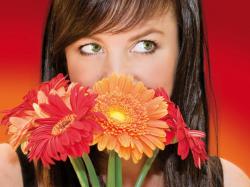Does Being Around Plants Reduce People’s Perceptions Of Physical Discomfort?
January 4, 2011 | 1 min to read

BACKGROUND
Throughout history, people have benefited from interactions with plants. They customarily give flowers to the ill, who report feeling happier in the presence of plants. Many hospitals include gardens and therapeutic programs using plants. Also, people benefit when exposed to plants in passive situations, such as simply viewing live plants or pictures of plants.
This study was designed to examine the role of plants in people's responses to physical discomfort. Our objective was to determine if healthy adults who passively view interior plants could tolerate physical discomfort longer than adults in settings without plants. If being around plants can help people feel less pain or tolerate pain longer in an experimental setting, these results could be applied to clinical settings, such as health care facilities.
METHODS
Treatments. A windowless office was used. Subjects were randomly assigned to a treatment room with plants, non-plant objects, or nothing (control) added (see photos).
For the plants treatment, one each of the following interior plants was used: Lipstick plant (Aeschynanthus pulcher), Chinese evergreen (Aglaonema sp.), Bamboo palm (Chamaedorea seifrizii), Heart-leaf philodendron (Philodendron scandens var. oxycardium), and Creeping Charlie (Pilea nummulariifolia).
To read the rest of this story please go to: The American Floral Endowment
